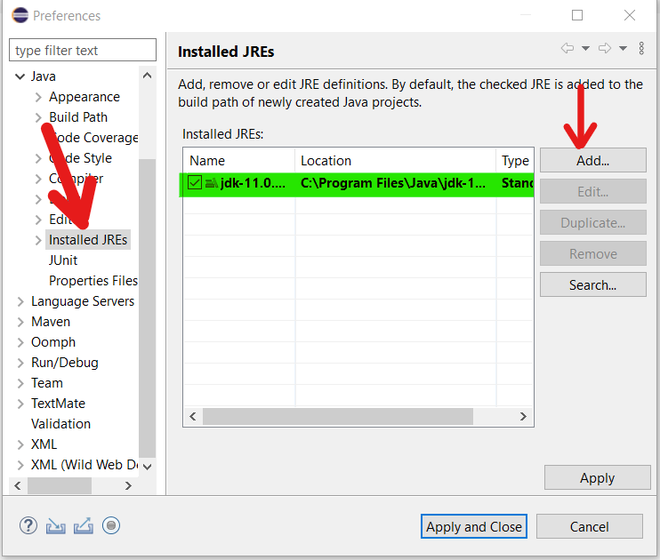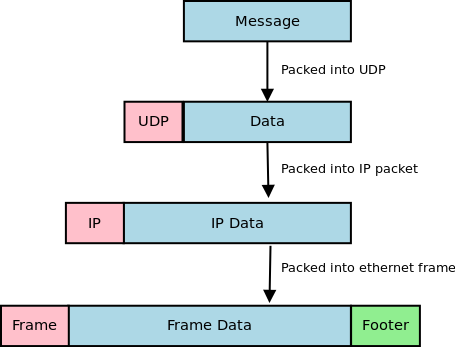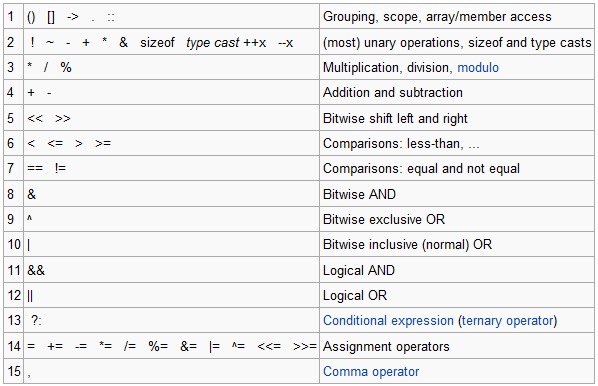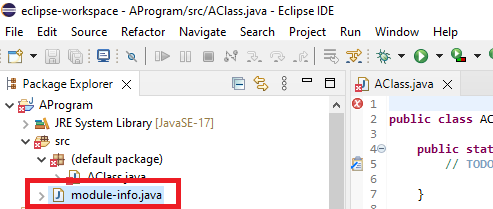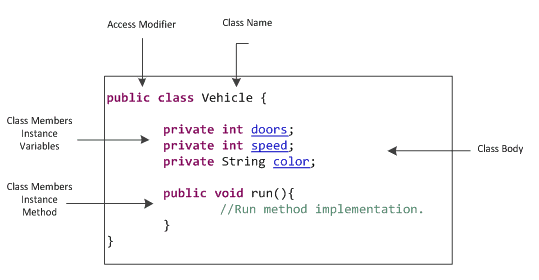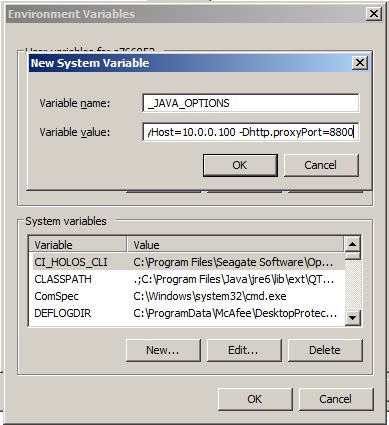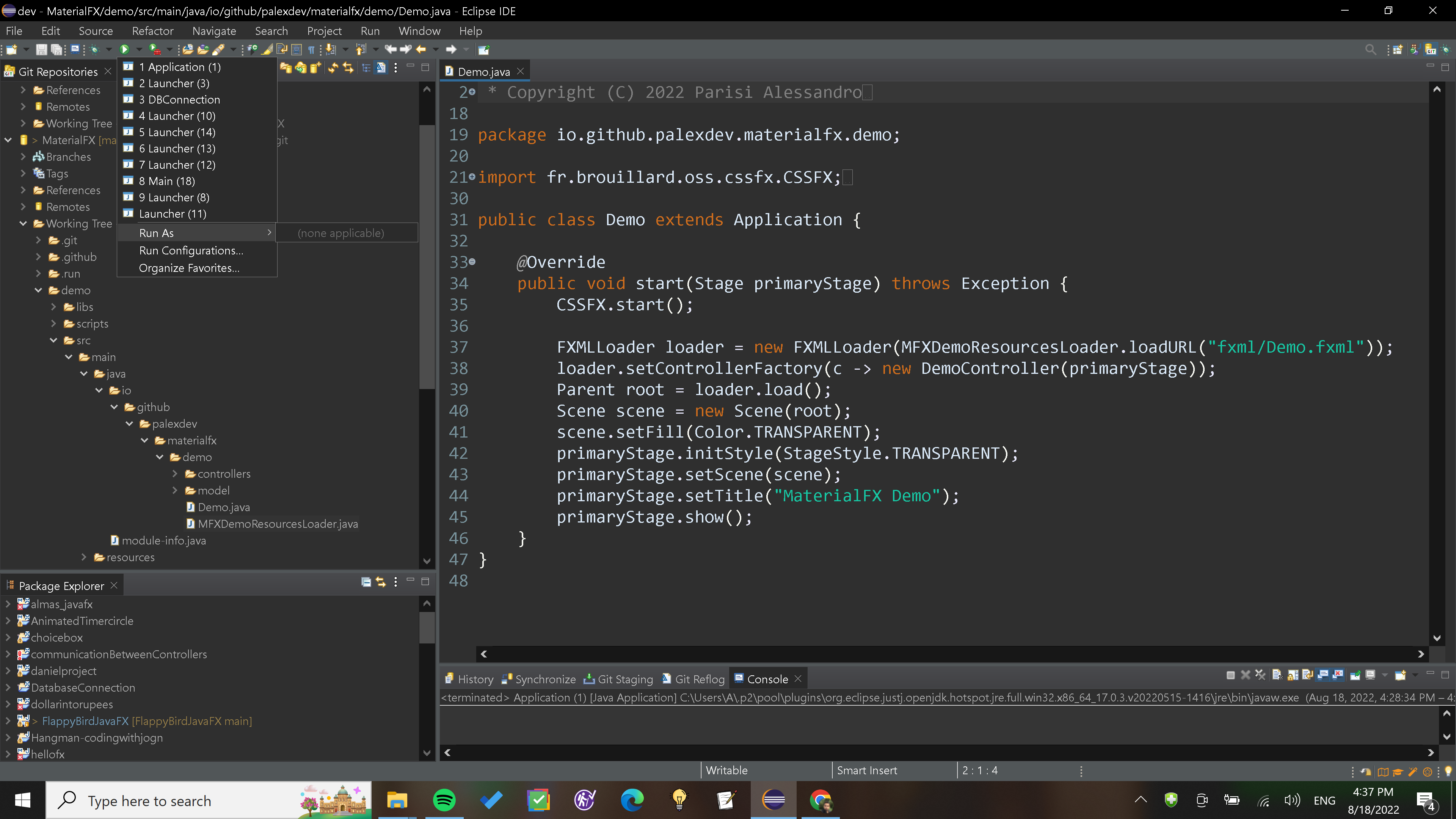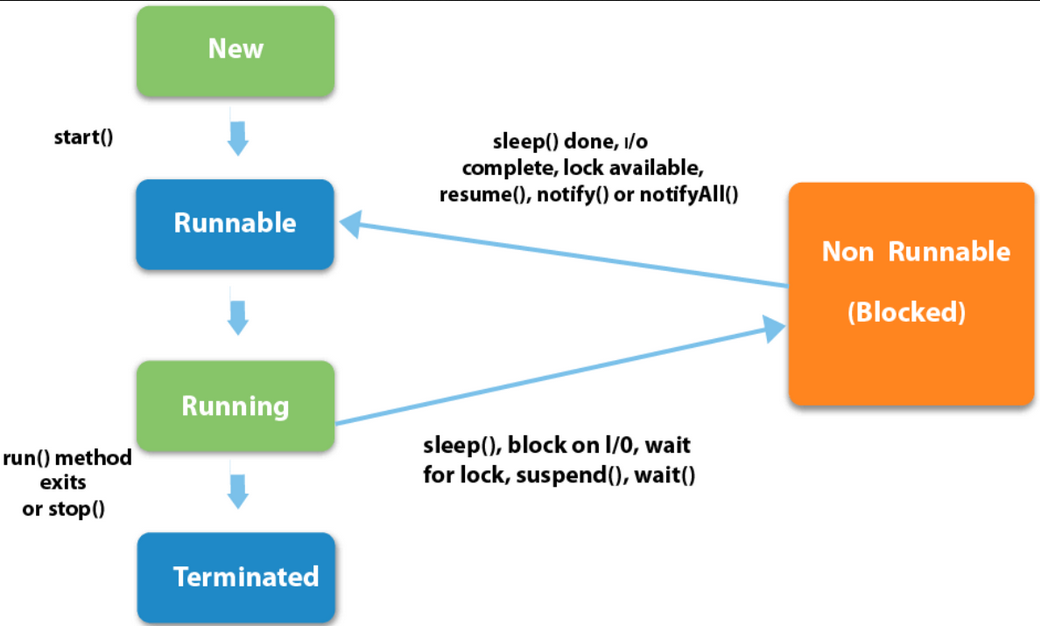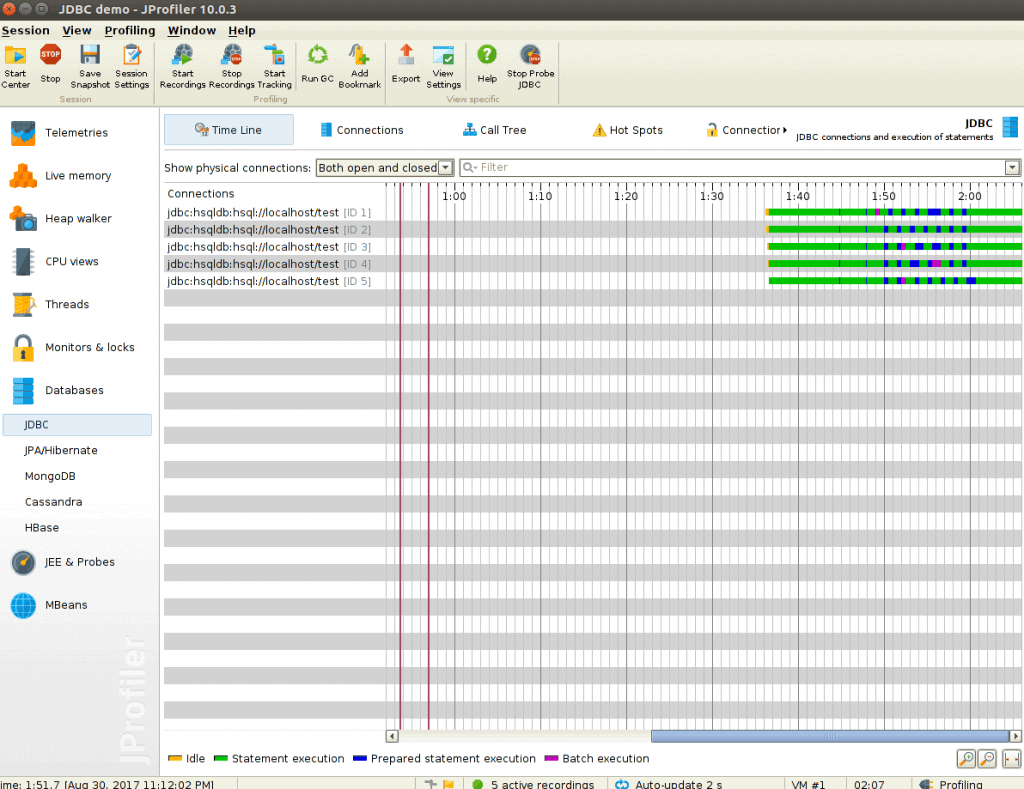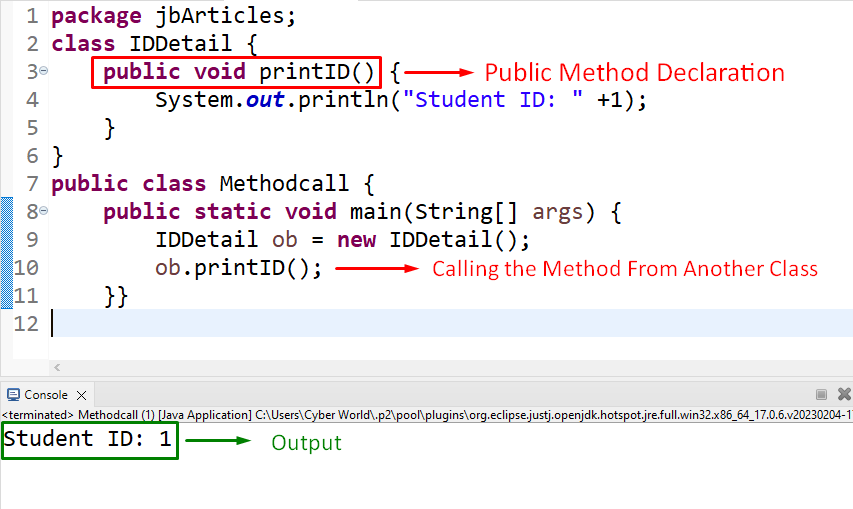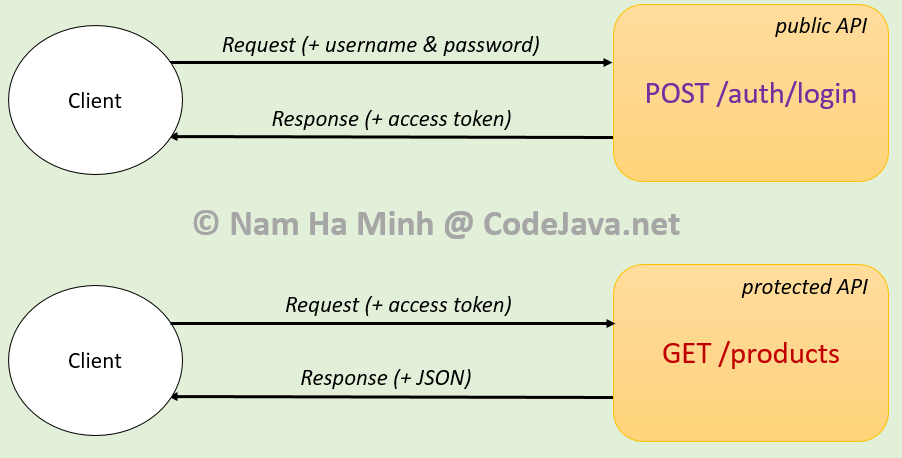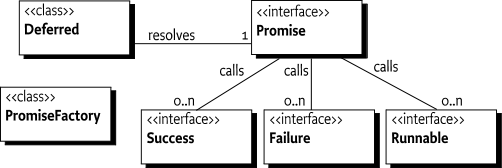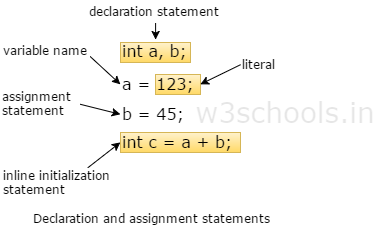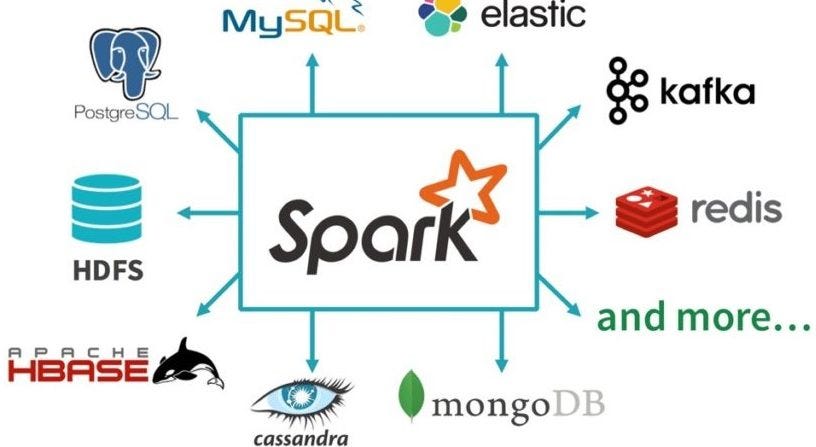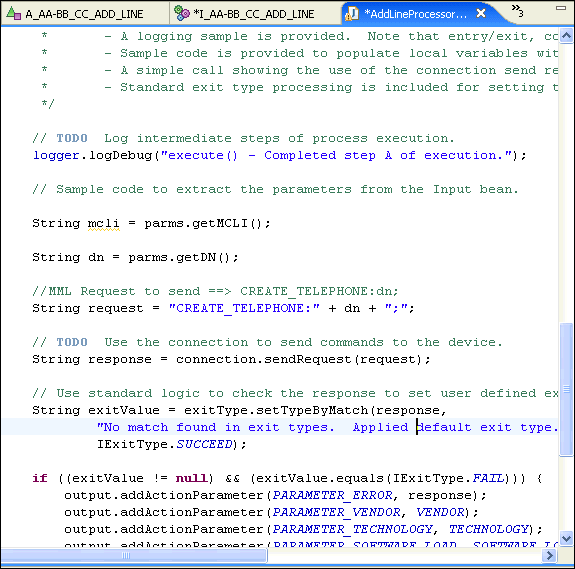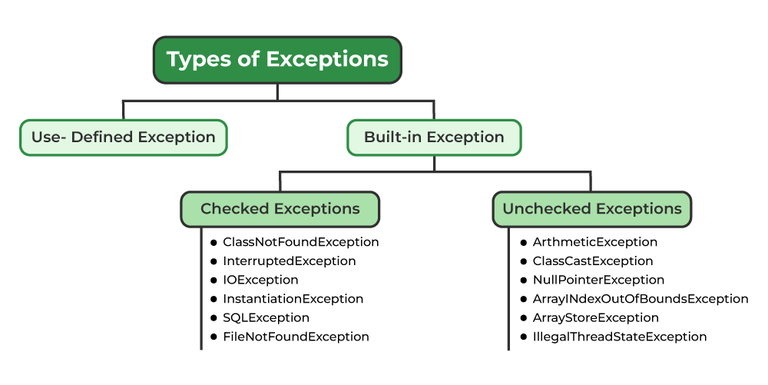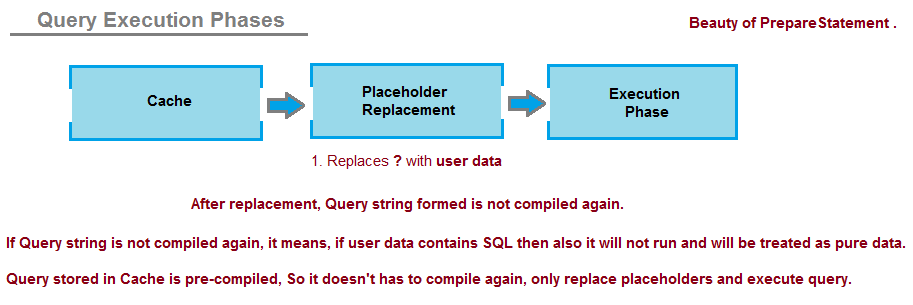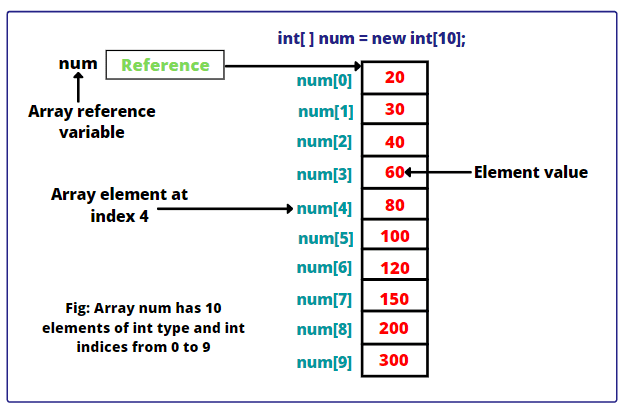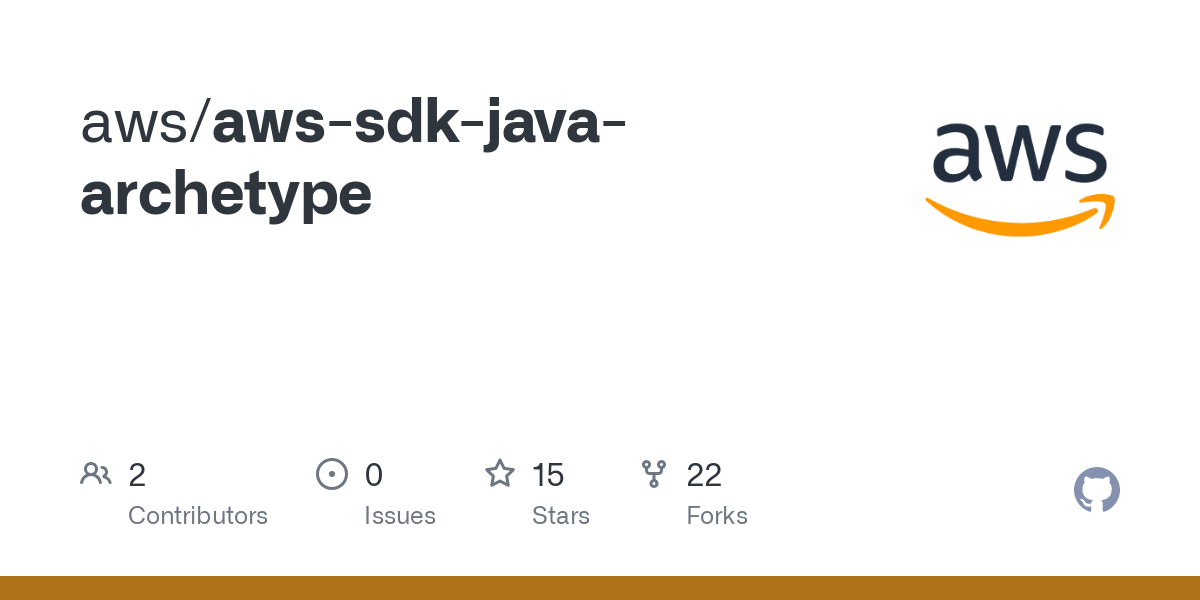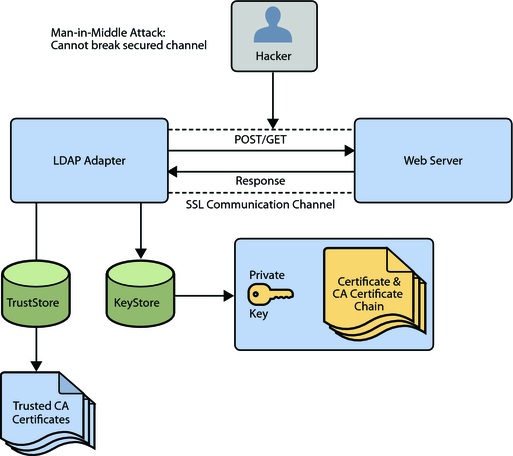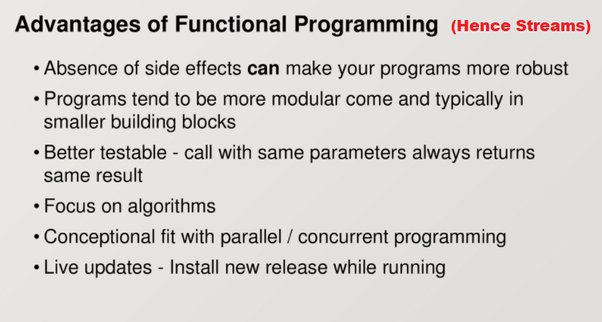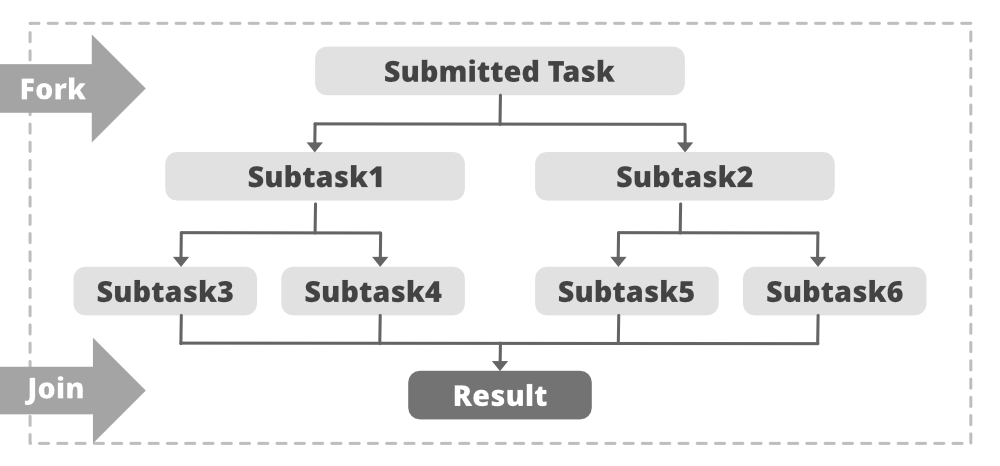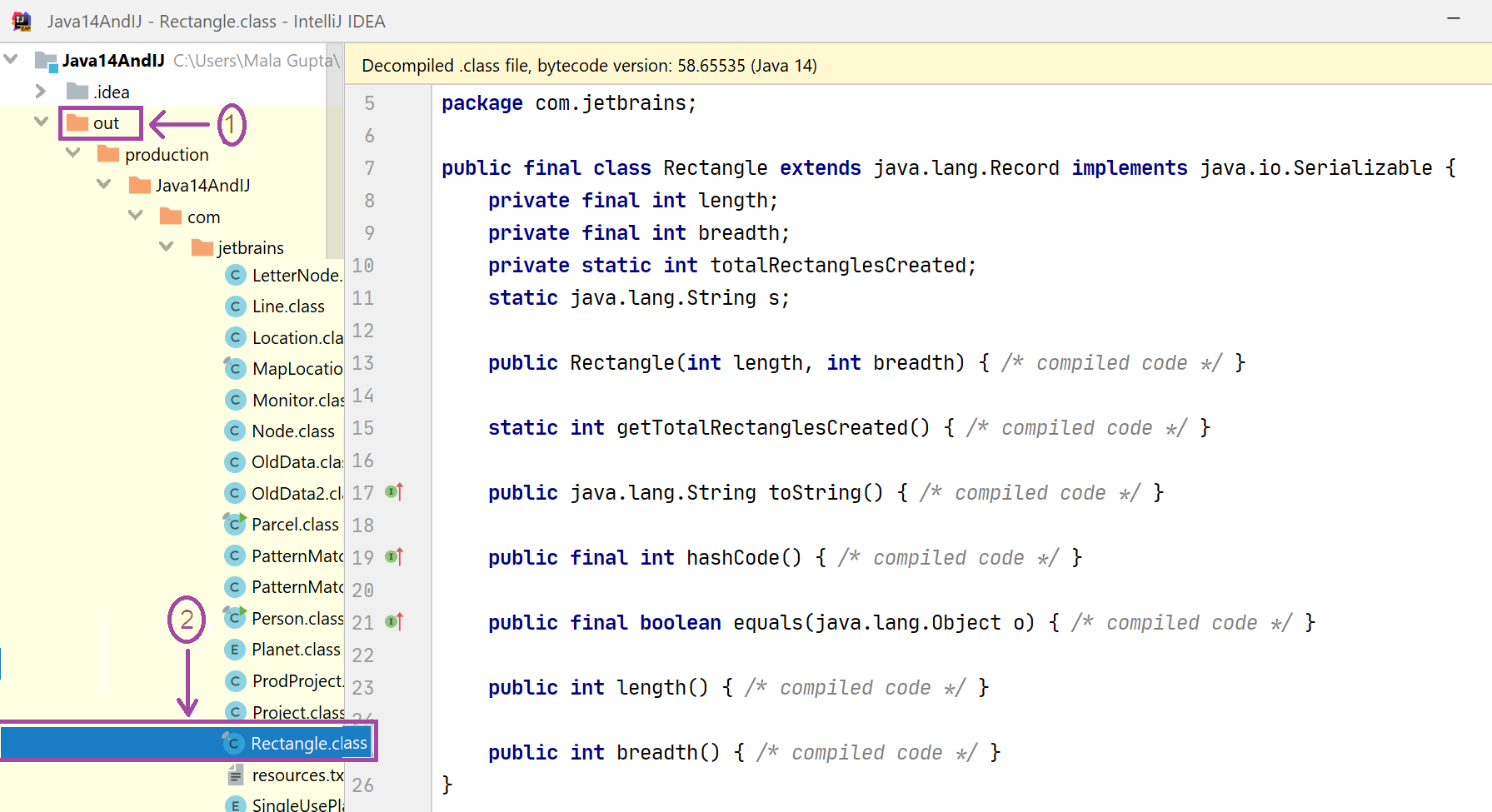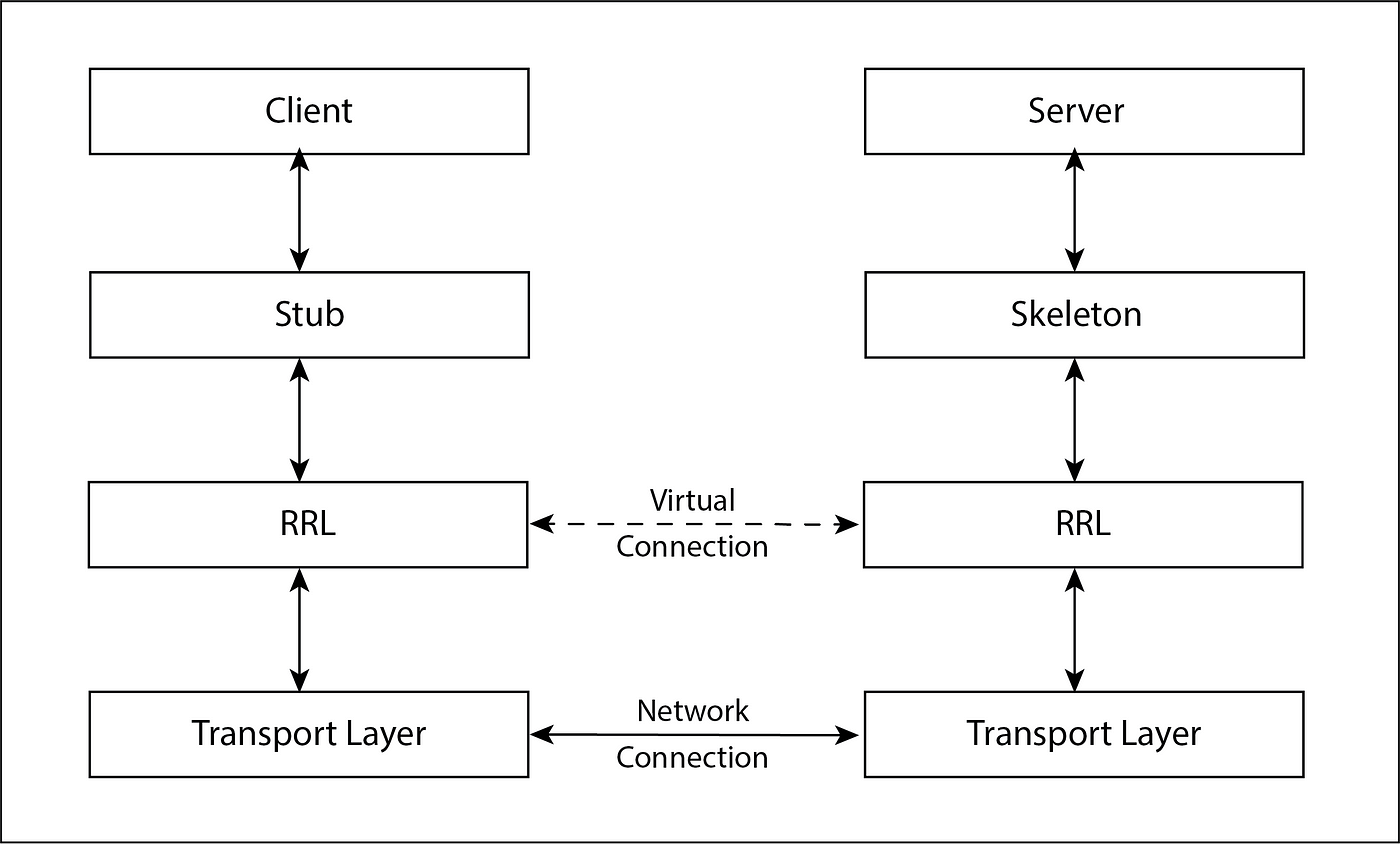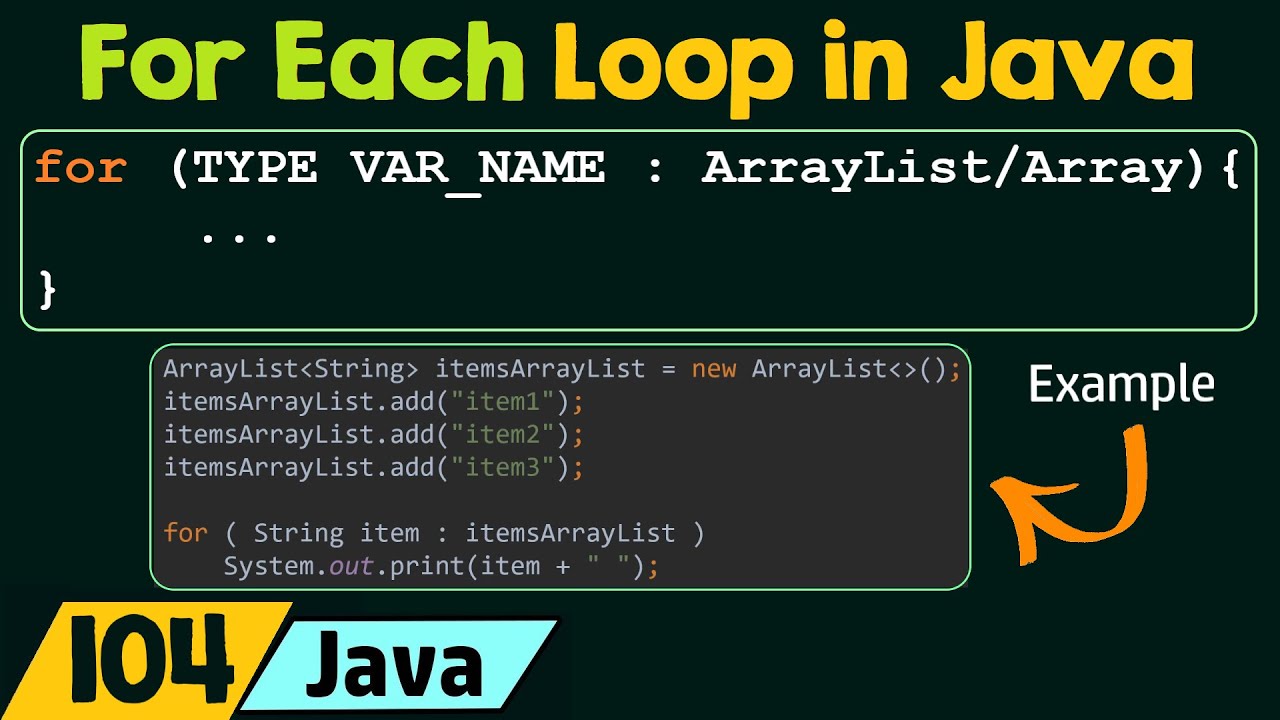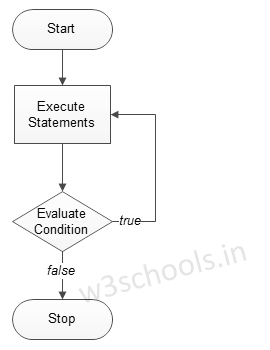What are the disadvantages of garbage collection in Java?
What are the disadvantages of garbage collection in Java?
Here are the disadvantages of Garbage Collection (GC) in Java:
Performance Overhead: GC can introduce significant pauses in your application's execution, which can be detrimental to real-time systems or applications that require low latency. Inconsistent Response Times: The duration of each GC cycle is unpredictable and depends on factors such as the heap size, object allocation patterns, and system load. This inconsistency can lead to non-deterministic behavior and make it challenging to predict the response times of your application. Increased Memory Pressure: Java's garbage collection process can cause significant memory pressure, particularly when handling large objects or processing huge amounts of data. This pressure can result in increased swap usage, disk I/O, and overall system instability. Generation-Specific Problems: Java's generational GC approach means that older generations (i.e., tenured regions) are subject to more frequent collection cycles than newer generations (i.e., Eden spaces). This can lead to performance issues and inconsistent response times in applications that rely heavily on the older generation objects. Object Promotion and Demotion: The process of promoting objects from the younger generation to the older generation and then demoting them back is resource-intensive and may result in unnecessary GC cycles, which can further impact application performance. Finalization Issues: Java's finalize() method for object cleanup can create challenges when dealing with large numbers of objects or complex object graphs. The risk of unexpected side effects, incorrect clean-up logic, or even infinite loops due to incorrectly implemented finalizers increases the likelihood of application crashes or corruption. Native Method Interactions: Native libraries and methods in Java may not be aware of garbage collection events, which can lead to issues with shared resources, synchronization, and data corruption when native code interacts with managed objects on the heap. Java Heap Size Limitations: The JVM's ability to handle large amounts of memory is limited by the available system resources and the capabilities of the underlying operating system. Large heaps can be problematic for systems that require a high degree of responsiveness or low latency, as they may trigger GC cycles more frequently. GC Pause Times: Longer pause times during garbage collection can be problematic for real-time applications, where predictable response times are crucial to maintaining overall performance and reliability. Heap Fragmentation: Garbage collection in Java can lead to heap fragmentation due to the reclamation of memory from previously allocated objects, which may result in decreased performance as the system attempts to manage the remaining free space more effectively. Garbage Collection Log Generation: Java's garbage collection process produces log entries that provide valuable insights into application behavior but can also generate large amounts of data that must be processed and stored, adding complexity to overall system monitoring and management. Application Tuning Challenges: Optimizing garbage collection parameters (e.g., heap size, GC frequency) for specific use cases requires a deep understanding of the underlying mechanisms, object allocation patterns, and system resource utilization. This expertise may not always be readily available, making application tuning challenging and requiring significant testing and iteration.While Java's garbage collection mechanism is essential for managing memory safely, these disadvantages highlight the importance of considering performance, latency, and resource constraints when designing applications that require specific requirements or high availability.
Which is the best garbage collector in Java?
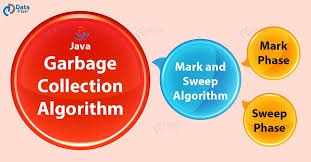
A question that sparks debate among Java developers!
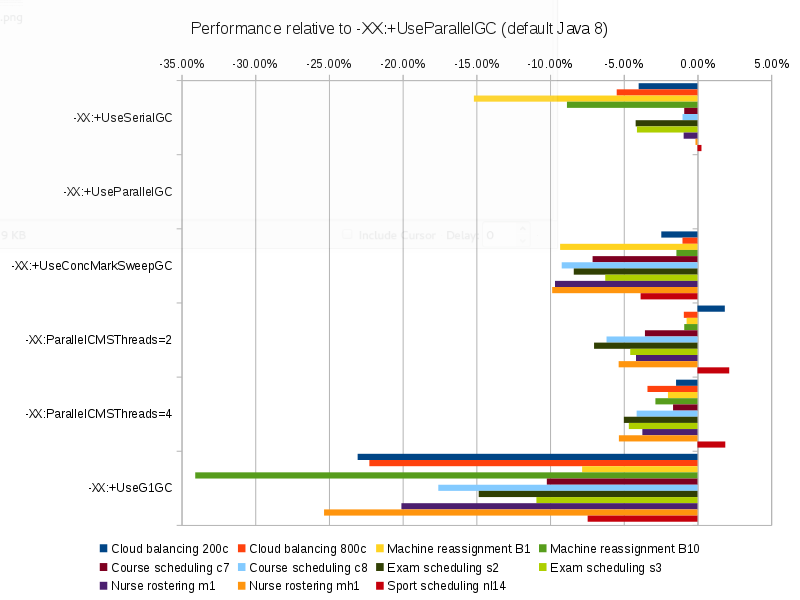
In Java, a garbage collector (GC) plays a crucial role in managing memory by reclaiming unused objects and freeing up memory resources. With multiple GC options available, choosing the best one can be subjective and depends on various factors such as application requirements, performance needs, and development constraints.
Here are some of the most popular garbage collectors in Java:
Mark-and-Sweep (M&S): This is the default GC algorithm used by the JVM. It works by marking reachable objects (i.e., those that are accessible from the heap) and then sweeping away all unmarked objects, which are considered garbage. Pros: Easy to implement, efficient for most cases. Cons: May not perform well with large object graphs or concurrent GCs. Generational Garbage Collector: This algorithm divides the heap into generations based on object longevity (e.g., young vs. old). Younger objects are collected more frequently than older ones. Pros: Better performance for applications with varying object lifetimes. Cons: More complex implementation, may not suit all use cases. Concurrent Garbage Collector: This algorithm runs GC in parallel with the application, minimizing pause times and improving responsiveness. Pros: Low-pause-time operation, suitable for real-time or interactive systems. Cons: May introduce additional overhead, requires careful tuning. G1 (Garbage-First): A low-pause-time collector that divides the heap into regions, each with its own concurrent mark-and-sweep process. Pros: Low pause times, suitable for applications requiring low latency. Cons: Higher overhead compared to M&S or generational GCs.So, which one is the best? Well...
In general, the Mark-and-Sweep (M&S) collector remains a solid choice for most Java applications due to its simplicity and efficiency. If you need better performance for specific scenarios (e.g., large object graphs), Generational Garbage Collector or G1 might be a good fit.
When to use Concurrent Garbage Collector: When low pause times are crucial, such as in real-time systems, interactive applications, or those requiring minimal latency.
Ultimately, the choice of garbage collector depends on your specific requirements, application characteristics, and development constraints. Experiment with different GCs, monitor performance, and adjust as needed to ensure optimal results for your Java application.
